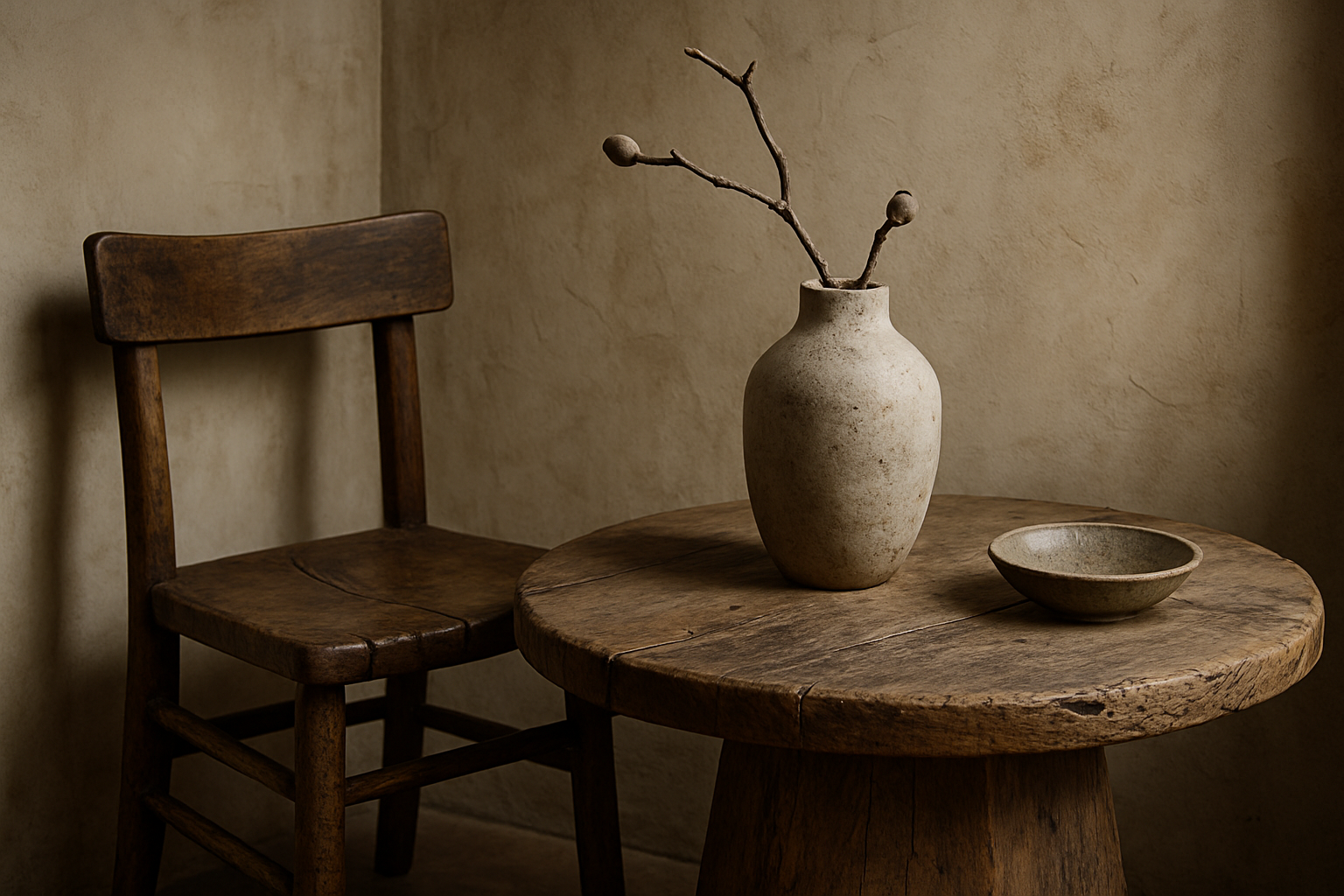Explore used furniture: a sustainable, affordable, and unique option.
Choosing secondhand pieces can reshape how you furnish a home: reducing environmental impact, stretching a budget, and adding character through items with history. This article examines practical benefits, where to find quality pieces in your area, approachable DIY upgrades that raise value, and key factors to weigh when buying used furniture.

Benefits of Used Furniture
Purchasing secondhand furniture provides numerous advantages beyond simple cost savings. Environmental sustainability stands as one of the most compelling reasons, as buying used items prevents furniture from ending up in landfills while reducing demand for new manufacturing. This choice significantly decreases your carbon footprint and supports circular economy principles.
Financially, used furniture typically costs 30-70% less than comparable new pieces, allowing buyers to access higher-quality materials and craftsmanship that might be prohibitively expensive when purchased new. Vintage and antique pieces often feature superior construction methods and materials that are no longer standard in modern manufacturing.
Where to Find Secondhand Furniture
Multiple channels exist for discovering quality used furniture. Online marketplaces like Facebook Marketplace, Craigslist, and OfferUp provide extensive local selections with direct seller communication. Estate sales and garage sales offer opportunities to find unique pieces at competitive prices, often featuring entire household collections.
Thrift stores, consignment shops, and specialized vintage retailers maintain curated selections with varying price points. Auction houses occasionally feature furniture lots, while online platforms like Chairish and 1stDibs specialize in higher-end vintage and designer pieces. Local classified ads and community bulletin boards also serve as valuable resources for finding nearby sellers.
DIY Second-hand Furniture to Increase Value
Refurbishing used furniture can dramatically increase both its aesthetic appeal and monetary value. Simple techniques like sanding, staining, or painting can transform dated pieces into contemporary showstoppers. Reupholstering chairs and sofas allows for complete customization while often costing less than purchasing new furniture.
Hardware replacement, such as updating drawer pulls, knobs, and hinges, provides significant visual impact with minimal investment. More advanced projects might involve structural repairs, refinishing wood surfaces, or adding decorative elements like stenciling or decoupage. These improvements not only enhance the furniture’s appearance but can also increase its resale value substantially.
Factors to Consider
Several important considerations should guide used furniture purchases. Structural integrity takes priority - inspect joints, legs, and support mechanisms for stability and wear. Check for pest damage, particularly in wooden pieces, looking for small holes or sawdust that might indicate active infestations.
Upholstered items require careful examination for stains, odors, and wear patterns that might be difficult or expensive to address. Consider the item’s size and your ability to transport it, as delivery services for used furniture can be limited. Verify measurements to ensure proper fit in your intended space.
| Item Category | Typical Price Range | Condition Considerations | Best Sources |
|---|---|---|---|
| Dining Tables | $50-$400 | Check for wobbling, surface damage | Estate sales, Facebook Marketplace |
| Sofas/Couches | $100-$800 | Inspect cushions, frame stability | Consignment shops, Craigslist |
| Dressers | $75-$500 | Test drawer function, hardware condition | Thrift stores, garage sales |
| Chairs | $25-$300 | Examine joints, upholstery wear | Online marketplaces, auctions |
| Bookcases | $40-$250 | Check for sagging shelves, back panel | Local classifieds, estate sales |
Prices, rates, or cost estimates mentioned in this article are based on the latest available information but may change over time. Independent research is advised before making financial decisions.
When purchasing used furniture, timing can significantly impact both selection and pricing. End-of-month periods often see increased inventory as people move, while seasonal transitions may offer opportunities for outdoor furniture or holiday-specific pieces. Building relationships with local dealers and regularly checking multiple sources increases your chances of finding exceptional deals on quality pieces that align with your style preferences and functional needs.




